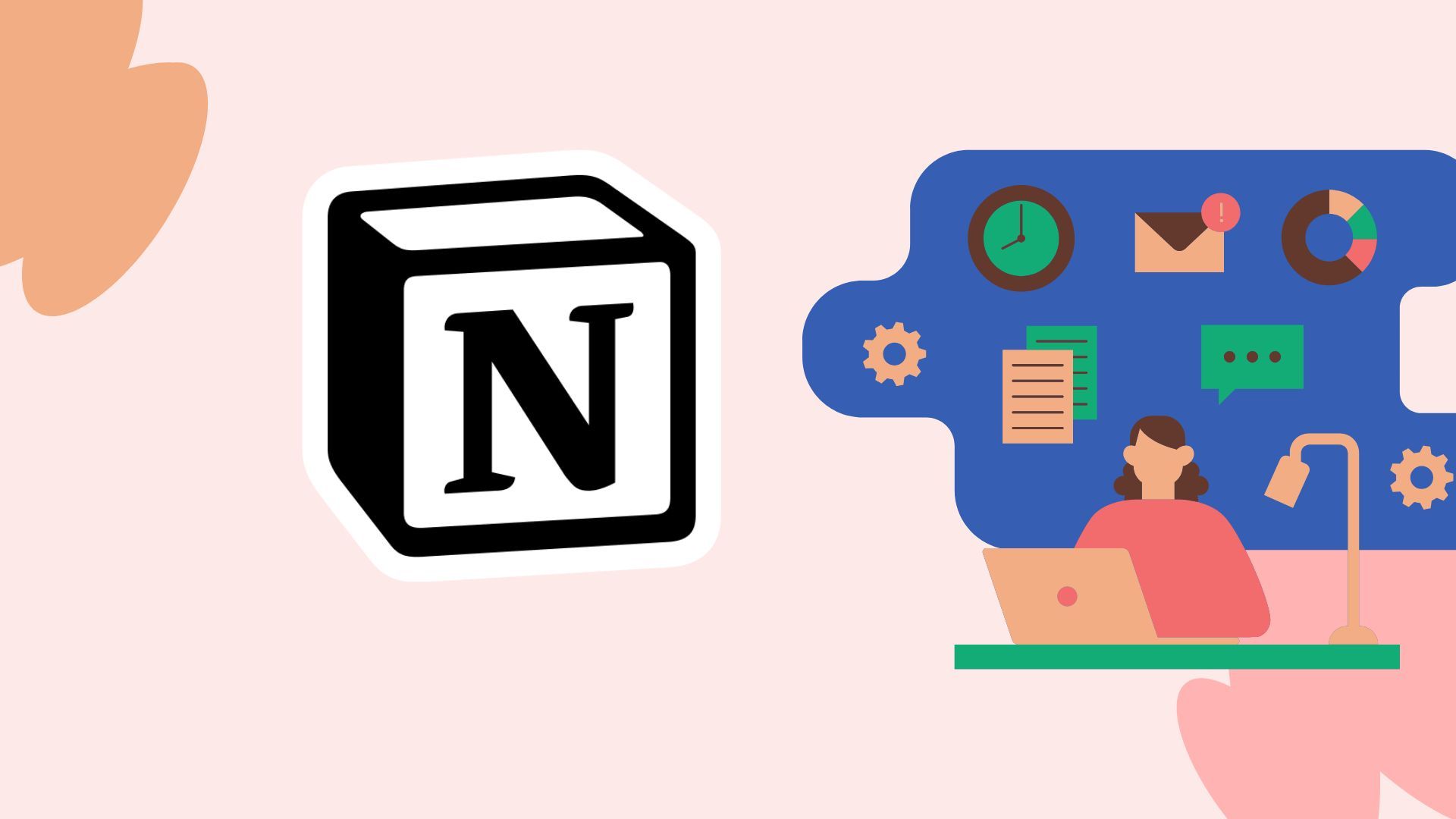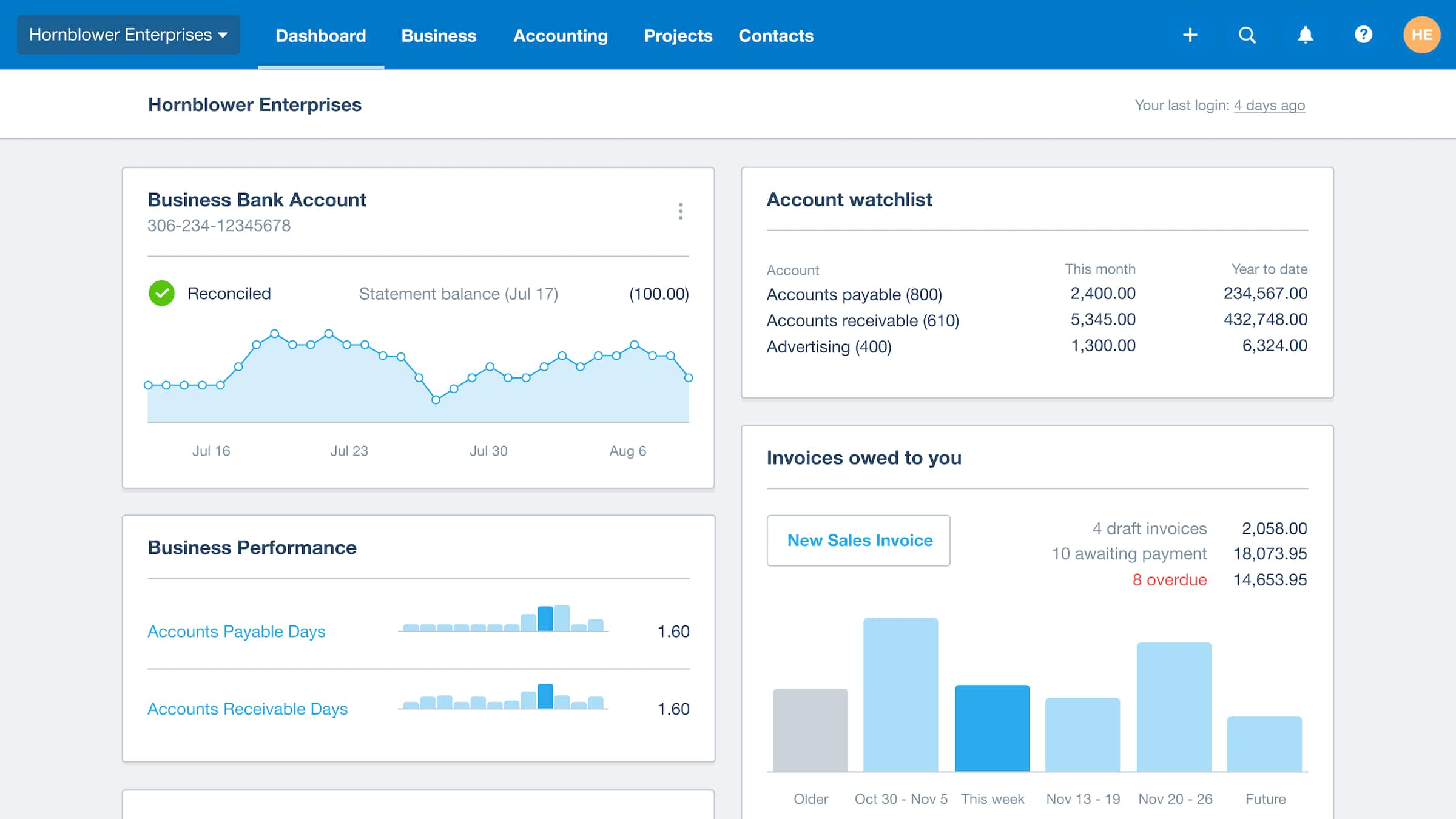
Winning SaaS Users: Three Unconventional Strategies to Make Switching Effortless
SaaS Growth,
User Acquisition,
Product Marketing,
Customer Retention,
Tech Strategy
Wed Mar 26 2025
by Hy Phan
In the hyper-competitive world of SaaS, winning over users isn’t just about building a great product—it’s about making it ridiculously easy for them to leave their current provider. The reality is, customers churn when they find a better alternative, but switching friction often keeps them stuck where they are.
Smart SaaS companies recognize this and actively remove barriers that prevent users from making the leap. Here are three unconventional strategies to convert hesitant prospects into loyal customers.
1. The “No-Risk Switch” Offer

One of the biggest reasons users hesitate to switch? They’re locked into a contract. Instead of waiting for renewal cycles, some savvy SaaS companies take the bold approach of buying out a user’s existing contract.
Imagine this scenario: A user is frustrated with their current tool but still has six months left on their subscription. Instead of forcing them to wait (and possibly forget about your offering), you step in and cover the cost for the remainder of their contract.
This strategy works exceptionally well in categories with high switching costs—like CRMs, project management tools, and marketing automation platforms. By making the switch financially risk-free, you remove a major friction point and get users in your ecosystem sooner.
Example: Notion, an alternative to Confluence, offers to buy out contracts for enterprise customers looking to switch their documentation and collaboration tools.
2. Done-For-You Migration

Another major friction point? Migration headaches. Users worry about losing data, rebuilding workflows, and re-learning a new tool. The solution? Handle the migration for them.
By offering a concierge-level migration service, you eliminate one of the biggest psychological barriers to switching. This works particularly well for tools where data is deeply embedded, such as accounting software, analytics platforms, and cloud storage solutions.
Some companies go even further by offering tiered migration services. A basic plan might include moving core data, while a premium migration includes templates, automation sequences, and integrations.
Example: Xero, a cloud-based accounting software, provides migration services for businesses moving from QuickBooks, ensuring a smooth transition of financial records and reports.
3. The “Cost-Cutting Justification” Tool

If your SaaS replaces multiple tools, don’t just tell users—you show them the savings.
Many businesses suffer from “tool sprawl,” paying for multiple overlapping products they don’t fully use. By offering a cost-saving calculator, you help them see exactly how much they could save by consolidating with your solution.
These calculators aren’t just marketing gimmicks. When designed well, they provide real insights into redundant spending, helping finance teams justify the switch. They also reinforce the perception that your tool isn’t just a cost—it’s a cost-saving investment.
Example: ClickUp’s cost-saving calculator demonstrates how businesses can consolidate project management, time tracking, and document collaboration into one platform, reducing the need for multiple subscriptions.
Final Thoughts: A Multi-Layered Approach
Winning over SaaS users isn’t about just having a better product—it’s about making the transition frictionless. The best companies don’t rely on just one tactic but instead layer these strategies for maximum impact:
- Buy out contracts to eliminate financial risk.
- Offer done-for-you migration to remove technical barriers.
- Provide cost-saving justification tools to appeal to finance teams.
If your SaaS solution competes in a crowded space, don’t just wait for churn to bring users to you. Take the initiative, remove switching friction, and turn hesitant prospects into your next success story.
